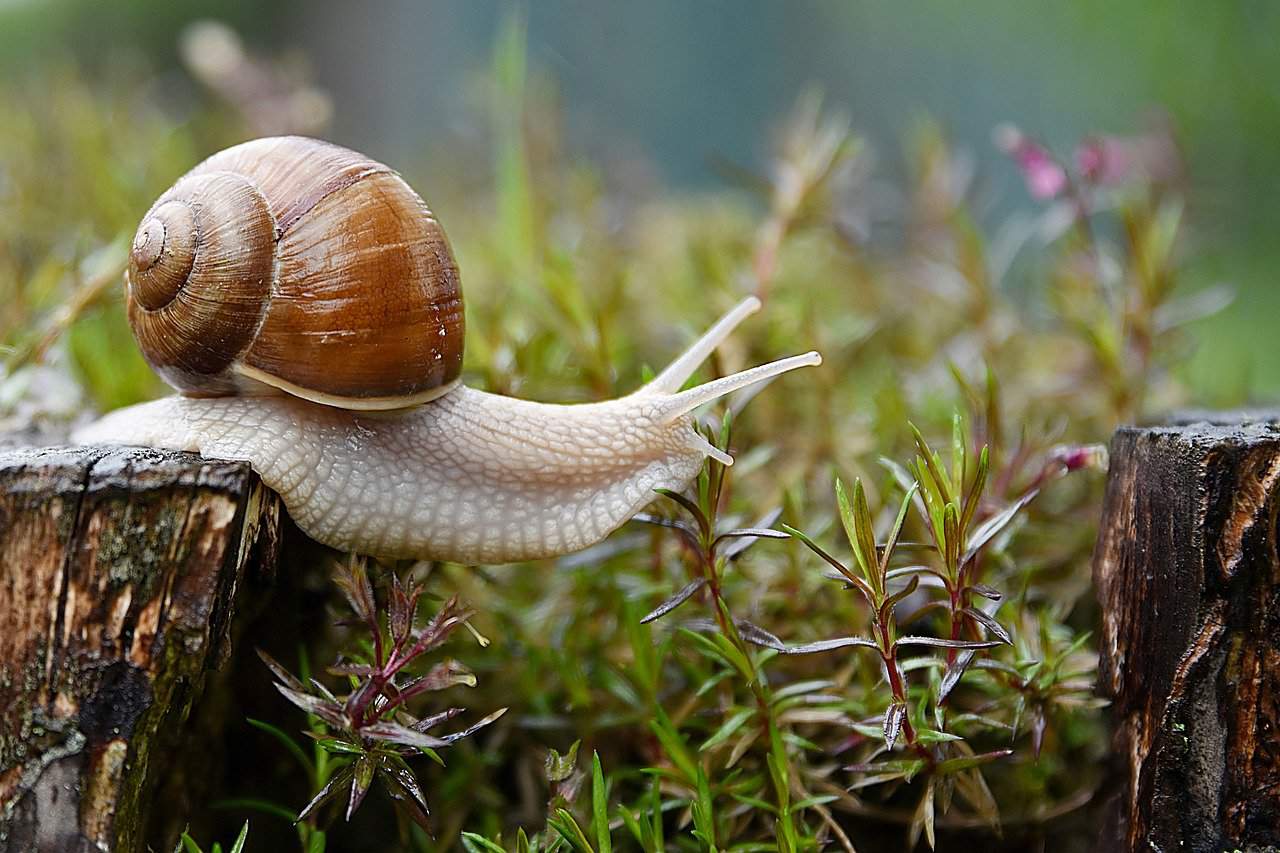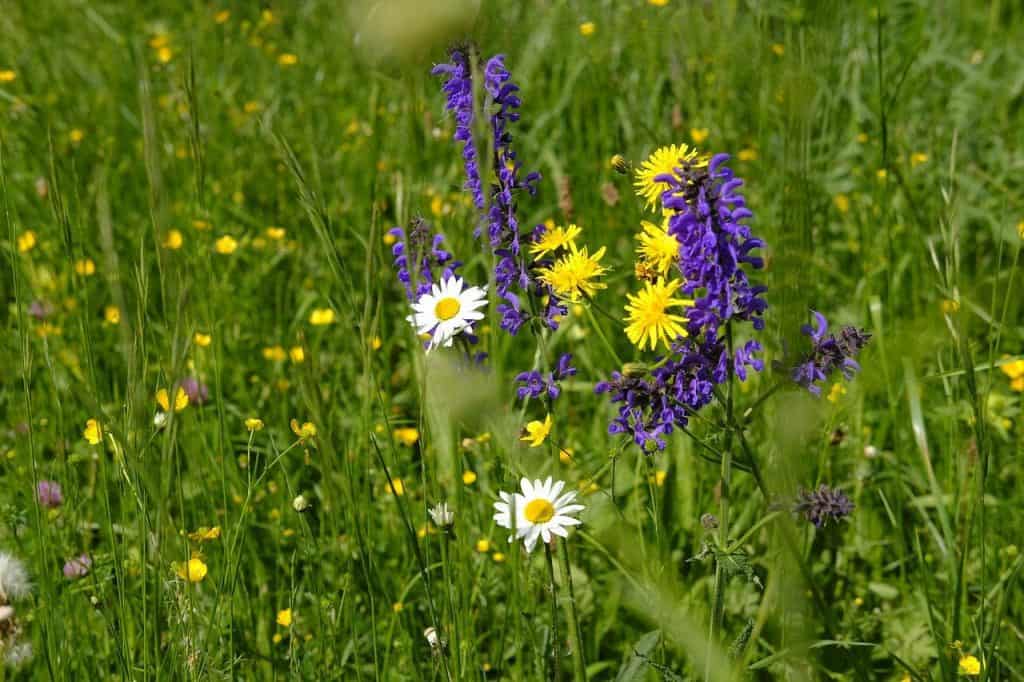
Slugs and snails are the bane of every gardener and are a burning problem in both vegetable gardens and flowerbeds. To help you deal with slugs and snails, we have prepared a short guide which will show you effective ways to get rid of them in your garden.
Slugs and snails naturally live in damp or marshy areas with well-drained soil that provides an ideal breeding ground for their eggs. This is why this pest particularly affects plots near streams, lakes and marshy areas. If your garden is located near a body of water, consider significantly reducing the frequency of watering your plants.
Slugs and snails have a natural instinct to feed on wet leaves. Watering your garden less often will discourage pests from foraging in your plot. It’s also a good idea to scarify the soil regularly, especially on the day after a heavy rainfall – this way you can destroy snail nests and prevent hatching of eggs, which are usually laid just after the rain
Cleaning up your garden and getting rid of damp, shady places where slugs and snails usually live can also work wonders. It is especially worth removing stones or old, rotten boards.
Before you reach for chemical slug pellets, you should look at natural and environmentally friendly methods of slug control. Although home remedies for slugs and snails do not always work, in most cases they can significantly reduce the damage to your plants. What are the best natural remedies?
Some ornamental plants have slug-repelling properties (especially the smell). If you are designing a new bed or don’t mind redesigning your garden, consider planting plants such as thyme, elderberry, yarrow, wolfsbane, sage, thyme, marjoram or white mustard
If you arrange your bed in the right way and place these species on the sides of the bed, you should be able to deter most slugs and snails from feeding on your flowers and vegetables.

An interesting way to get rid of slugs and snails is to create natural barriers around your flowerbeds. The most common material used for this is sharp gravel which hurts the molluscs and discourages them from entering the bed area. The barrier can be reinforced with a little sand mixed with ash, the smell of which deters most mollusc species.
An extremely time-consuming method is to create home-made slug traps and then exterminate them by hand. The most common way is to dig small holes into which you then pour a little beer. The pests attracted inside should then be covered with soil. An alternative to beer is cabbage leaves, which are one of the favorite treats of snails. However, manual slug pelleting is not only time-consuming but also ineffective.
Chemical slug pellets should be used when natural means of controlling slugs and snails have run out. There are several types of chemical slug pellets on the market, ranging from animal-hazardous chemical slug pellets to more natural pellets and special fragranced gels that are the chemical equivalent of a barrier made of gravel, sand and ash. The choice of a particular chemical should be made by yourself, taking into account the size of your garden and the presence of other animals. Although chemicals may seem like a quick and ideal solution to slug and snail problems, we encourage you to use moderation and common sense.